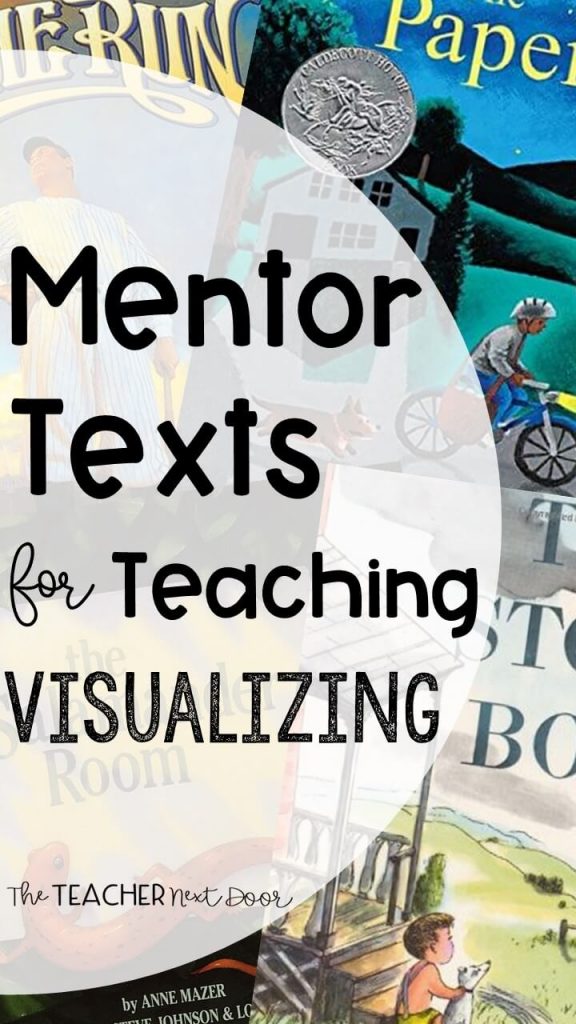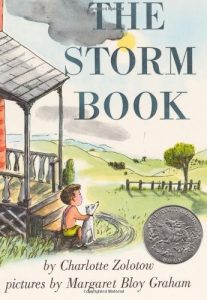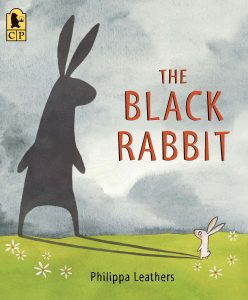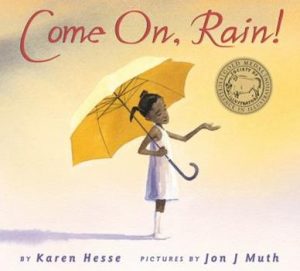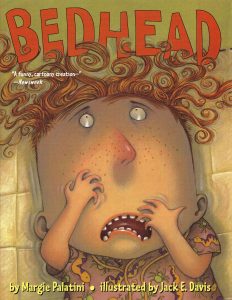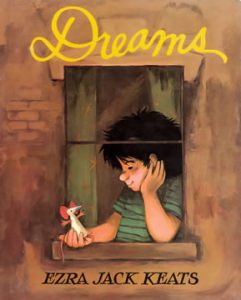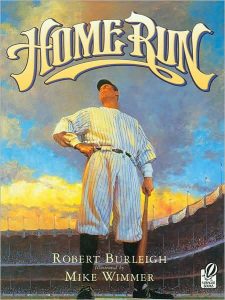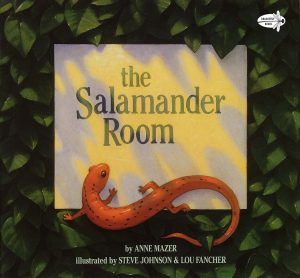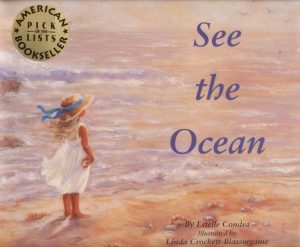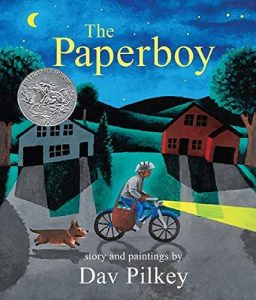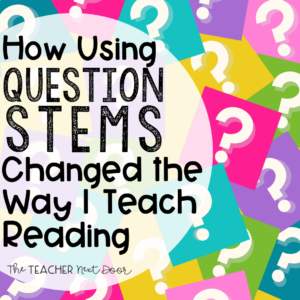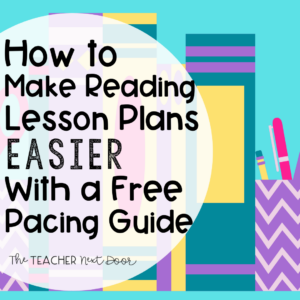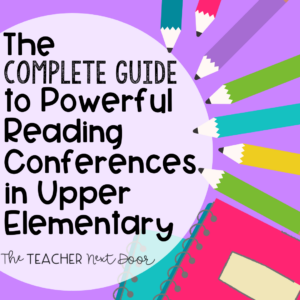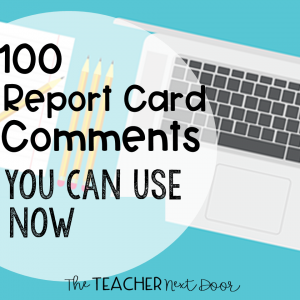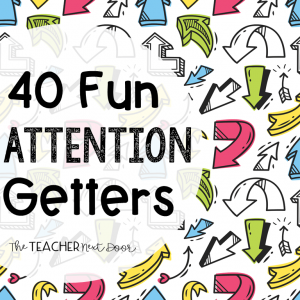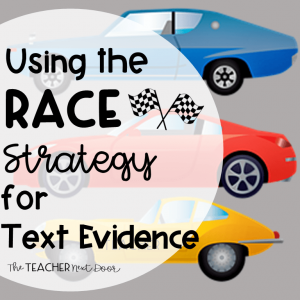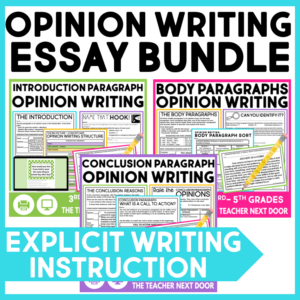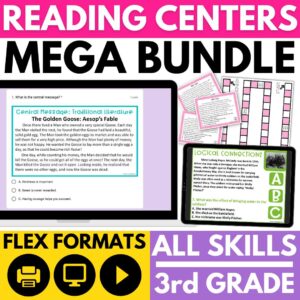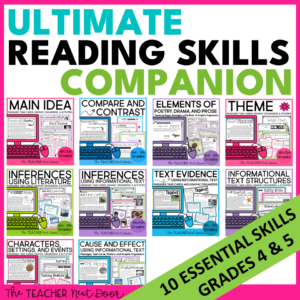Strong readers are able to automatically visualize a story. They create mental images constantly as they read, so when readers are no longer able to visualize the story, they know that comprehension has broken down, and they need to take steps to fix it.
Struggling readers often don’t “see” the story due to comprehension issues. These readers need to be encouraged to engage with the text in order to notice when they “see” and “don’t see” the story.
One activity I like to do to practice visualizing is to read a few pages of a little known book with the cover hidden. I ask students to think about what the author is describing as I read it out loud.
This makes a great class discussion. Besides the fact that each of us may have slightly different mental images, we can also talk about the fact that illustrators use their own visualizations to create illustrations for the book and our mental images may or may not perfectly match their visual images, and that’s okay!
After some discussion, we continue to talk about how having a “movie in our heads” means that we’re most likely understanding what’s going on in the text.
If we don’t, we need to try some fix-up strategies (like going back, reading more slowly, sounding out or looking up words we can’t figure out, etc.) to help us get back to the story.
The books below are ones that I love using for visualizing mini-lessons because they should evoke strong images, helping your students practice visualizing.
This post contains Amazon Affiliate links. If you purchase through one of these links, The Teacher Next Door, LLC receives a few cents on the dollar. This commission directly supports us as a small business and ensures that we can continue to create high-quality content for upper elementary teachers, like yourself! As always, the products shared are tried, true, and tested. Enjoy!
1. The Storm Book
The Storm Book by Charlotte Zolotow is a poetic tale of one young boy’s curiosity during a summer storm.
2. The Black Rabbit
The Black Rabbit by Philippa Leathers follows a young rabbit who can’t seem to shake his new friend, the black rabbit. No matter where he runs, the shadowy rabbit follows.
3. Come on, Rain!
Come on, Rain! by Karen Hesse is about a little girl, Tess, who pleads to the sky for a rainstorm in order to feel relief from the draining summer heat.
4. Bedhead
Bedhead by Margie Palatini is all about that one scenario we all try our best to avoid on school picture day… a bad hair day! In this story, young Oliver is having a very bad hair day on his school picture day, and no matter how hard anyone tries, there’s no taming his crazy locks.
5. Dreams
Dreams by Ezra Jack Keats is a sweet story about a boy named Roberto and how the paper mouse he made at school helped saved Archie’s cat when it is cornered by a big dog in the middle of the night.
6. Homerun
Homerun by Robert Burleigh explores famous baseball player Babe Ruth’s life, from his childhood into his preparation for hitting the big home run.
7. The Salamander Room
The Salamander Room by Anne Mazer is a heartwarming story about a young boy who finds a salamander in the woods and imagines how he can create a special home for him in his own room.
8. See the Ocean
See the Ocean by Estelle Condra, who has experienced severe loss of sight, is a moving story about a little girl, Nellie, who is blind.
9. The Paperboy
The Paperboy by Dav Pilkey is inspired by Pilkey’s own experiences as a paperboy. The picture book tells the story of a paperboy and his dog as they deliver newspapers in the early hours of the morning.
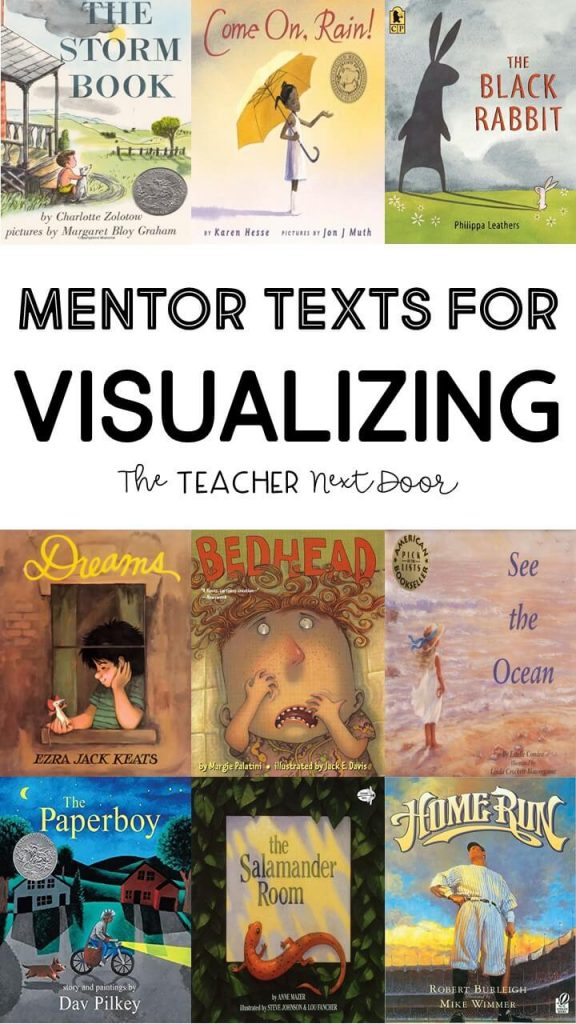
Here are a few more mentor texts you can use to teach visualizing:
Roller Coaster by Marla Frazee
Twilight Comes Twice by Ralph Fletcher
Night in the Country by Cynthia Rylant
Into the Sea by Brenda Z. Guiberson
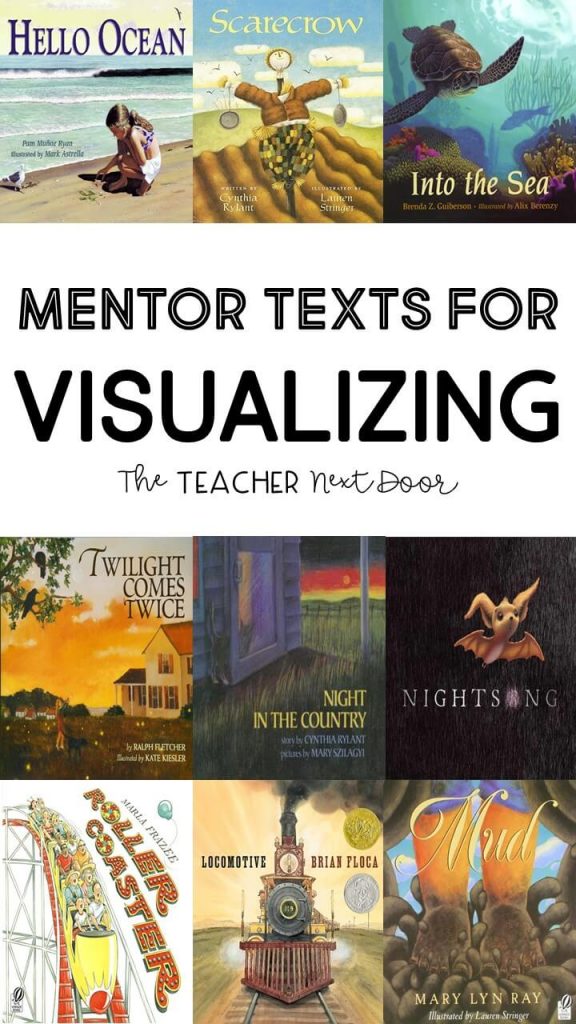
Thanks for stopping by!


